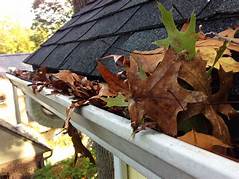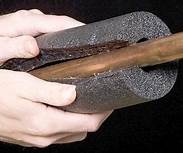A down payment is the amount of cash a home buyer puts toward the price of a new home. It accomplishes a few things; first it reduces the amount of money you need to borrow and it reduces the risk the lender takes in loaning the money. By reducing the risk, the borrower will typically get a better interest rate on the loan and increase the amount of home they can buy.
How Large a Down Payment Do You Need?
The amount of down payment needed depends on the type of the loan, the lender and the property price itself. While most of the 0% down home loans of the last decade are gone, Veterans can still purchase a home loan with no down payment. Other programs include FHA loans with as little as 3.5% down. With a government backed loan like a FHA mortgage needing the minimum 3.5% for a $200,000 home, you will need to save $7,000. Conventional loans typically require at least 5% down payment, but some can be as low as 3.5%. If you decide on a Conventional loan say you are buying a home for $200,000, in this case you will need $10,000 to secure a home loan. The USDA also has a zero-down payment loan guarantee program for specific rural areas.
Is it Better to Make a Larger Down Payment?
In addition to the down payment, buying a home also requires cash for closing costs and some reserve savings to guard against unexpected financial concerns. One thing to remember though is that any financing with less than 20% down will require private mortgage insurance – a monthly payment which protects the lender in the event of default. The best amount of down payment should be determined in consultation with your lender and your tax or financial advisor, but the quick answer is “it depends.” By working with a trusted lender, explore your options and you will make the best decision for your needs.
How is a down payment on a home calculated?
The down payment is a portion of the total sales price of your home, which you give to the home's seller. The rest of the payment to the seller comes from your mortgage. Down payments are expressed as percentages. The main reason some down payments can be so expensive is because lenders typically require them before giving approval for the loan. The larger the down payment, the lower your monthly mortgage payment will be.
It is important to check around to make sure you are getting the best rate available for you. Contact me to help you start the process, I can get you in touch with exceptional lenders that will go the extra mile to help you buy the home you've always wanted.









